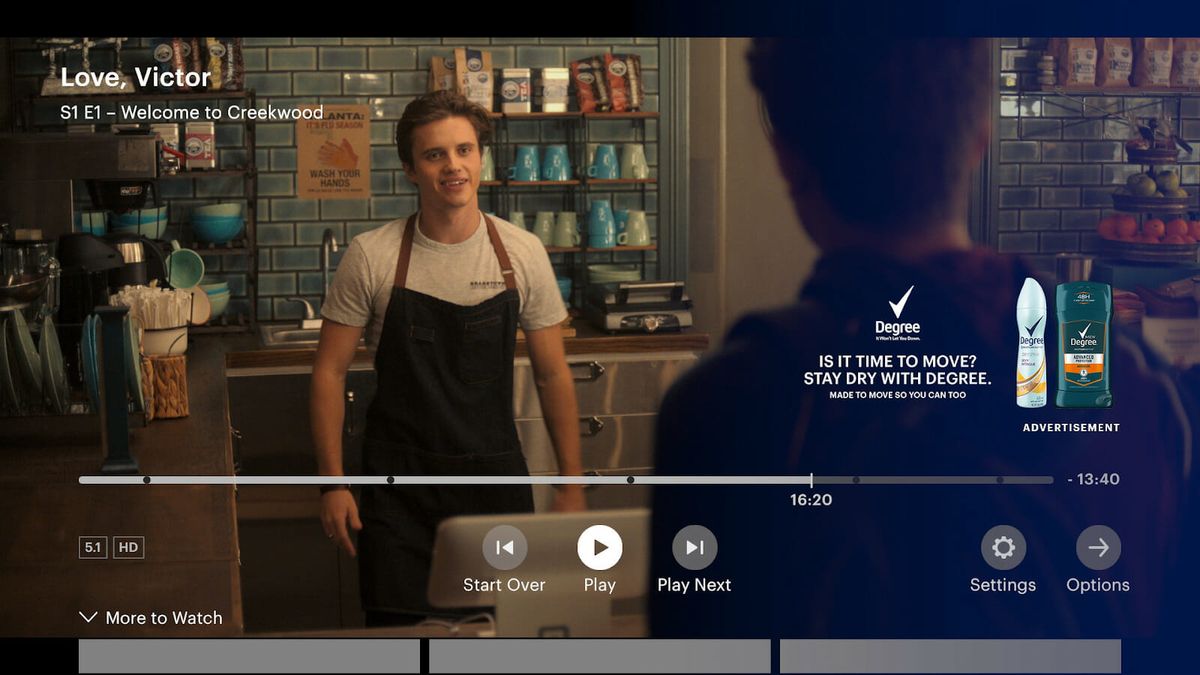Title: Streaming Services Introduce Pause Ads, Adding to the Growing Trend of Ad Integration
Subtitle: Ad-supported tiers and pause ads become the new norm for streaming platforms
By Pierre Herubel
In the early days of streaming services, escaping ads was one of the main motives for cord-cutting. However, ads have now become an integral part of the streaming landscape and their prominence continues to grow. Recently, streamers like Prime Video have started inserting ads into the feeds of premium subscribers, unless they pay an additional fee (TechRadar).
Moreover, a new type of ad has emerged – the pause ad. True to its name, this ad appears when viewers pause a movie or show. Notably, these pause ads do not appear every time users hit the pause button. This feature bears resemblance to what Netflix began testing in 2018, where related shows or movies were recommended during pauses (TechRadar).
The prevalence of pause ads is on the rise, with Hulu already incorporating them into their advertising toolkit. According to Variety, pause ads have been appearing more frequently on Hulu since July and have been present on Peacock since its launch, as well as on Max since 2022. Given this trend, it is highly likely that Netflix and Amazon will also adopt pause ads in the near future (TechRadar).
The primary driving force behind the introduction of pause ads is monetary gain. Advertisers find pause ads less intrusive compared to other formats, as they only appear when a user pauses the content. Once the viewer resumes the program, the ad disappears. This less disruptive nature appeals to advertisers, especially when compared to the automatically interjected ads found on Free Ad-Supported TV channels (FAST). However, introducing pause ads poses challenges for streaming platforms, particularly in retaining paying customers. Research conducted by media and advertising group Magna suggests that customers might change their behavior, or even cancel their streaming subscriptions, due to the inclusion of pause ads (TechRadar).
For now, streaming platforms are taking a cautious approach. Warners, for instance, limits the number of pause ads served to one per user per session, according to Variety. Other streamers are also striving to ensure that the ads are useful rather than annoying. However, the perception of usefulness may vary between streaming service employees and subscribers (TechRadar).
There is a solution for users who prefer to avoid pause ads altogether – sticking to content that includes violence or nudity. According to the report, Max and similar platforms refrain from using pause ads when viewers are watching mature content. Advertisers avoid associating their brands with violence or nudity, thus those who indulge in shows like “Naked Attraction” and “From Dusk Till Dawn” can enjoy uninterrupted streaming (TechRadar).
In conclusion, the integration of pause ads into streaming services continues to expand, highlighting the changing landscape of online entertainment. Ad-supported tiers and the introduction of pause ads provide additional revenue streams for streaming platforms, albeit at the risk of upsetting paying subscribers. Striking a balance between profitability and user satisfaction remains a challenging task for streamers in the highly competitive industry. As the trend progresses, it will be interesting to observe how streaming giants adapt and refine their advertising strategies to meet the demands and expectations of their diverse user base.

I have over 10 years of experience in the cryptocurrency industry and I have been on the list of the top authors on LinkedIn for the past 5 years.

